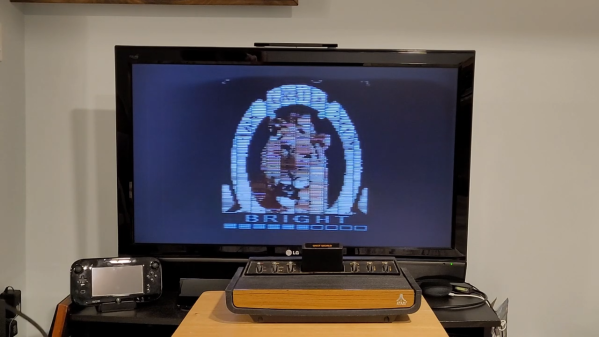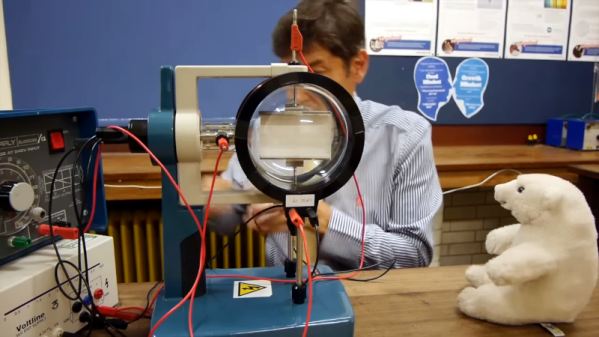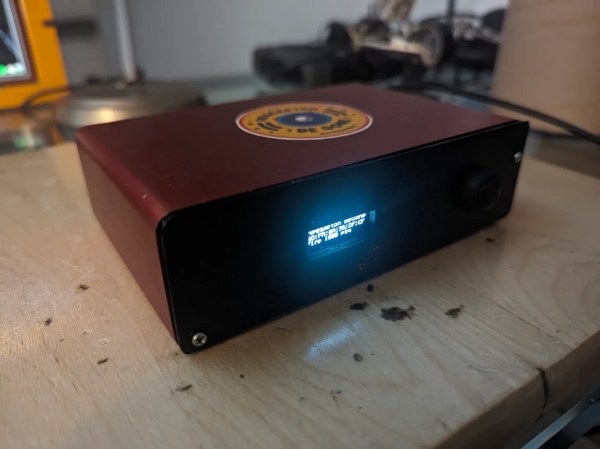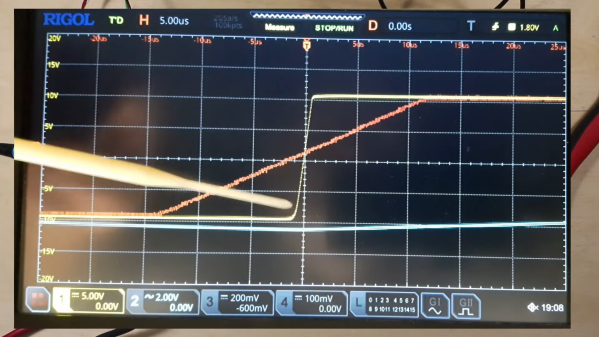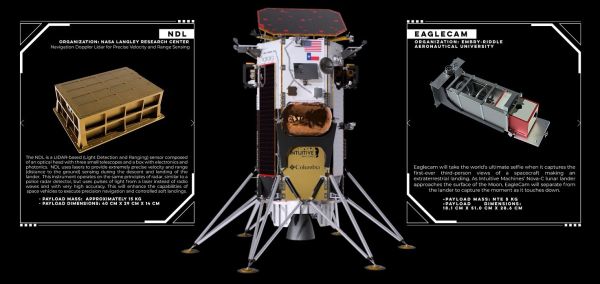The original Xbox and PlayStation 2 both let you watch DVD movies in addition to playing games. Seldom few consoles before or since offered much in the way of media, least of all the Atari 2600, which was too weedy to even imagine such feats. And yet, as covered by TechEBlog, [Lodef Mode] built a cartridge that lets it play video.
It’s pretty poor quality video, but it is video! The MovieCart, as it is known, is able to play footage at 80×192 resolution, with a color palette limited by the capabilities of the Atari 2600 hardware. It’s not some sneaky video pass-through, either—the Atari really is processing the frames.
To play a video using the MovieCart, you first have to prepare it using a special utility that converts video into the right format for the cart. The generated video file is then loaded on a microSD card which is then inserted into the MovieCart. All you then have to do is put the MovieCart into the Atari’s cartridge slot and boot it up. Sound is present too, in a pleasingly lo-fi quality. Control of picture brightness and sound volume is via joystick. You could genuinely watch a movie this way if you really wanted to. I’d put on House of Gucci.
Thanks to the prodigious storage available on microSD cards, you can actually play a whole feature length movie on the hardware this way. You can order a MovieCart of your very own from Tindie, and it even comes with a public domain copy of Night of the Living Dead preloaded on a microSD card.
We don’t see a big market for Atari 2600 movies, but it’s neat to see it done. Somehow it reminds us of the hacked HitClips carts from a while ago. Video after the break.

